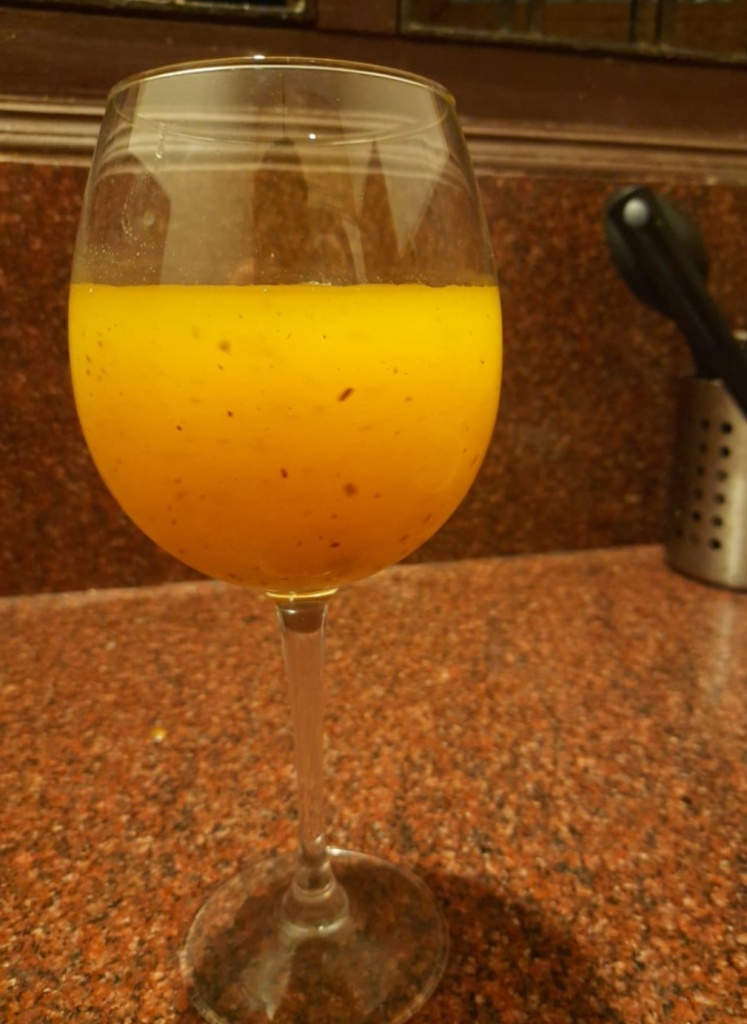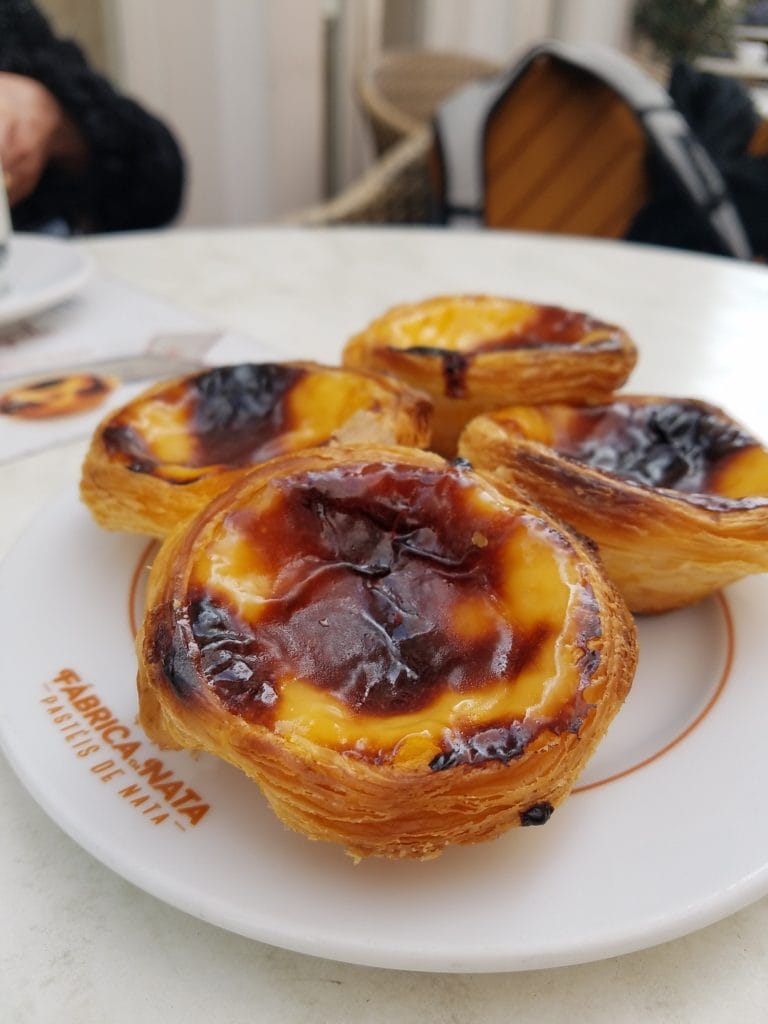I’ve never been to culinary school, but I’m pretty sure one of the first things taught there is not to burn your food. The idea seems intuitive, obvious, almost stupid to mention out loud. What is the best way to show that a particular TV or movie character can’t cook? An oven with smoke coming out of it, and burnt food on the table. But burning your own food is starting to become trendy, and chefs are doing it increasingly nowadays. I’m not talking of browning or caramelization; I really mean “burning”. Turning foods black might seem wrong, but it works if done well.

One of the simplest examples is roasting bell peppers over a direct flame. Simply keep turning them till the skin completely blackens and becomes wrinkly. The skin is then peeled off the soft, sweet pepper, which is then cut up or pureed as required. Roasted peppers can be stirred into pastas and risottos, folded into scrambled eggs or frittatas, made into a soup or served alongside cheeses; the options are endless.
A similar example much closer to home is the “begun pora” or burnt eggplant we’ve talked about in our Bengali cooking series. It starts off by completely blackening the skin of the eggplant, which softens the flesh and imparts it with a wonderful smokiness. The skin is then peeled off and the eggplant is mashed up with the other ingredients. There’s also the aampora shorbot we talked about in our sours article, which begins by burning the raw mangoes over a direct flame before mashing it up and turning it into one of the most refreshing summertime treats ever.

In both these examples though, the burnt bits are mostly discarded. In many dishes, the burnt bits actually contribute to the flavours of the dish. It’s probably not traditional, but whenever I make tomato sauce for pasta, I always allow the onion and tomato mixture to stick a little bit to the bottom of the pan until it blackens just a little bit, before mixing it all up again.
Those tiny amounts of blackened, charred bits contribute to the overall complexity of the dish, adding notes of bitter astringency. The black spots on the crust of the Neapolitan pizza or the intensely burnt, blackened ends of the Texan brisket are essential; they add something to the dish which if absent would be conspicuous.
Charring veggies like tomatoes, carrots and broccoli for sides will make them even better. I’ve had a delicious gondhoraj cocktail at Monkey Bar garnished with a slice of burnt gondhoraj lime. You could try the same technique for salads, like this one made with a slice of burnt orange, among other things.

Let’s look at some more familiar examples now. Streetside bhutta wouldn’t be the same without those blackened kernels, which is why I find the anemic corn cobs served at Chili’s so boring (of course, there’s the nimboo-mirchi thing going on as well). And of course, there’s tandoori chicken and other North Indian kababs, whose blackened, charred edges give them their signature appearance and flavour.
The most extreme form of burning is the use of edible vegetable ash in dishes, made primarily from alliums like onions, leeks and scallions. It has become part of the toolkit of contemporary chefs, and many credit Danish chef Rene Redzepi of Noma for this rather unique trend. One of his dishes involves Norwegian king crab served with leek rolled in ashes.
I’ve seen Marco Pierre White school a chef for using leek ash in one of his dishes in Masterchef Australia. Using ashes is understandably controversial but apparently, it’s a thing. Using ash in a dish adds to the complexity of the overall dish, and if places like Noma are doing it, there is bound to be a method to this madness. What it is, I don’t know just yet.

There are a lot of desserts that utlilize bitter notes to accentuate the overall flavour. We have already talked about using intensely bitter coffee and chocolate to tone down the sweetness in a dessert in our Not Too Sweet series. Another way of adding a note of bitterness to a dessert is by burning it, literally.
Crème brulee literally translates to “burnt cream”, and we have talked about it already in our FATS series. The notes of bitterness which comes from the blackened spots of the crust helps counteracts the sweetness of the custard. Another good example is the famous Portuguese egg custard pastéis de nata , whose top develops a blackened crust that looks way too burnt, but deftly balances out the sweet custard.

Let us end by looking at a duo of desserts from different parts of the globe, both of which employ similar techniques and ingredients. The first of these dishes is very close to home. Chhena poda roughly translates to “burnt cheese” and is a speciality of Odisha and is one of the few Indian desserts that employs notes of caramelization and bitterness. Like most sweets from Odisha and Bengal, it starts with chhena mixed with sugar, semolina and dried fruits and cooked till the exterior is thoroughly browned. It isn’t too sweet, which makes it one of my favourite Indian sweets.
For our next burnt cheese dessert, we need to travel to Spain. The Basque cheesecake from La Vina in San Sebastian took the food world by storm last year. The batter is assembled like any other cheesecake, but unlike the white, pristine New York cheesecake, it is baked for a long time at a high temperature, which causes the exterior to develop a brownish-black colour, and even burn at places.

The Basque cheesecake is poles apart from its American cousin. Though the inside is still light, fluffy and sweet, as you move towards the outside, the flavours get more complex, reminiscent of salted caramel or browned butter, and the texture changes from creamy and smooth to slightly grainy, like Italian ricotta or a Bengali kanchagolla. This incredible variety of flavours and textures explains why Chicago Tribune’s critic Phil Vittel called it “the best cheesecake I’ve ever eaten”.
Burning might seem like the last thing you should do to food, but if done judiciously and to just the right degree, it can work wonders. So yes, give burnt foods a chance. Maybe they will change your life.